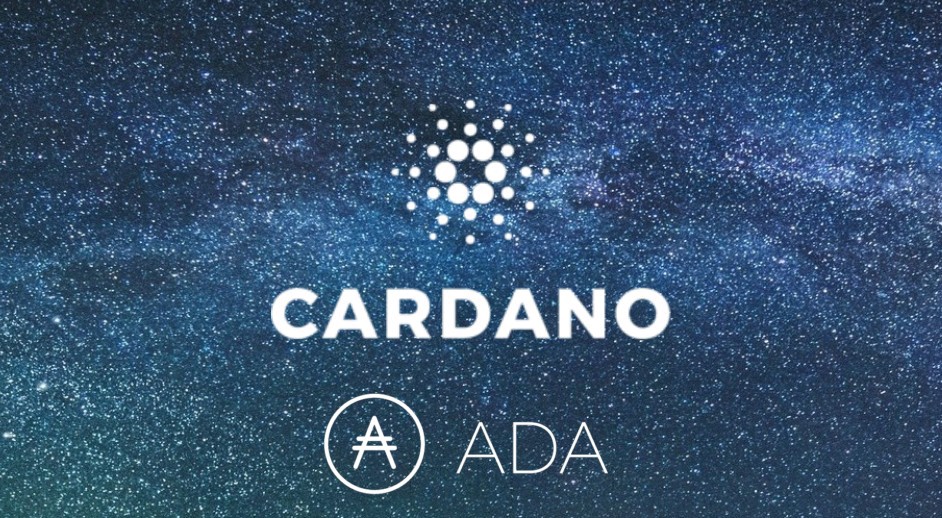
Cardano is a decentralized public blockchain platform that uses proof-of-stake (PoS) and aims to be a highly scalable and energy-efficient decentralized application (dApp) development platform with a multi-asset ledger and verifiable smart contracts.
Cardano blockchain platform powers the Cardano cryptocurrency — which trades under the symbol ADA.
Cardano is a third-generation blockchain. Bitcoin was the first of its kind. Ethereum came in second place. Ethereum led the pack, but its technology was basic because it was fundamentally new. To improve and expand, Ethereum must now rely on its governance system. Third-generation blockchains, such as Cardano, benefit from hindsight. They may identify past initiatives’ shortcomings and restrictions and evolve accordingly.
This is exactly the course Cardano took. The project began in 2014, not with a whitepaper, but with community study and collaboration aimed at addressing the shortcomings of existing blockchains. They then began coding from the ground up, seeking to address each of those constraints. Before being incorporated to the greater structure, each building component was presented to conferences and experts for assessment.
With this philosophy of methodical and peer reviewed development, Cardano is working towards addressing the problems of second generation blockchains.
The Cardano platform is based on the Ouroboros consensus protocol, which was developed by Cardano during its early stages. It was the first PoS system that was not only shown to be safe, but it was also the first to be informed by scholarly academic research.
Each development phase, or era, in the Cardano roadmap is anchored by the research-based framework, which combines peer-reviewed insights with evidence-based methods to progress toward and achieve milestones related to the future directions of the blockchain network.
ADA is the Cardano digital currency and is named after Ada Lovelace, a 19th-century countess and English mathematician who is recognized as the first computer programmer.
The Ada sub-unit is the Lovelace; one Ada = 1,000,000 Lovelaces.
There are three organizations that play an important role in the Cardano ecosystem. The network is maintained by the nonprofit Cardano Foundation, which is responsible for its governance and advancement. EMURGO is one of the founders of Cardano and is deemed the for-profit arm of the network involved in driving its commercial adoption. Blockchain infrastructure firm Input Output Hong Kong (IOHK) is the third partner, providing technology and engineering insights to the network.
Origin
Charles Hoskinson, the co-founder of Ethereum, began the development of Cardano in 2015 and launched the platform in 2017. The platform is named after Gerolamo Cardano, an Italian polymath, whose interests and proficiencies ranged through those of mathematician, physician, biologist, physicist, chemist, astrologer, astronomer, philosopher, writer, and gambler.
Roadmap
The Cardano roadmap is a summary of Cardano development, which has been organized into five eras:
- Foundation (Byron era)
- Decentralization era (Shelley era)
- Smart contracts (Goguen era)
- Scaling (Basho era)
- Governance (Voltaire era)
Each era is centered on a collection of functionality that will be given over the course of several code releases. While the Cardano eras will be released chronologically, the work for each era is done in simultaneously, with research, prototyping, and development typically occurring concurrently across the many development streams.
Requirements
The algorithm used to build blocks and validate transactions is at the heart of every blockchain network. Cardano mines blocks with Ouroboros, an algorithm that employs the proof-of-stake (PoS) protocol. The protocol is intended to minimize energy consumption throughout the block creation process. It accomplishes this by reducing the requirement for hash power, or huge computational resources, which are essential to the operation of Bitcoin’s proof-of-work (PoW) algorithm. Staking determines a node’s ability to construct blocks in Cardano’s PoS system. A node’s stake is equivalent to the amount of ADA, Cardano’s cryptocurrency, that it holds over time.
How Ouroboros Works?
Ouroboros functions on a general level as follows.
It divides physical time into epochs, which are made up of set intervals of time called slots.
Slots are analogous to manufacturing shifts. An epoch now lasts five days, and a slot lasts one second, however these values are customizable and can be altered upon an update proposal. Epochs operate in a cyclical pattern, with one ending and another beginning. Each slot has a slot leader who is chosen using a “lottery” procedure. The larger the investment in this method, the better the odds of winning the lottery.
Slot leaders are in charge of the following duties:
- Validating transactions
- Creating transaction blocks
- Adding newly-created blocks to the Cardano blockchain
Ouroboros requires a modest number of ADA holders to be online and connected to the network. The algorithm incorporates the notion of stake pools to further reduce energy usage.
ADA holders may organize themselves into stake pools and elect a few to represent the pool during protocol execution, making participation easy and assuring block production even if some are offline.
Layered Technology
There are two types of information involved in value exchanges. There is the straightforward, from, to whom, when, and how much — this is the only data Bitcoin can support. However, as we all know, value transfers are never this straightforward in our actual world. With each transaction, we might ask: what are the terms and circumstances of the transfer, why was the money transferred, and who was involved? This is referred to as metadata.
Ethereum allowed for the integration of all of this data. The link between the actual value transfer and the related metadata is referred to as a smart contract.
Contracts that are programmable. However, because there is no split between accounting and computation in Ethereum, this information is saved simultaneously, with no thought given to whether the metadata is always required to be included. This is an issue. The more data contained with each transaction, the more gas it costs, the more difficult it is for the blockchain to keep that information, and the more difficult it is for nodes to maintain the blockchain’s history.
As a result, Cardano isolates the transfer from the why.
They achieve this by dividing the platform into two different layers:
- The Cardano Settlement Layer (CSL) is a protocol that allows for the settlement of transactions on the Cardano network. This layer is in charge of token economics as well as the balances of all user accounts. This layer is used to trade Cardano’s native currency, ADA. In layman’s terms, this simply implies that this layer contains all code related to accounts and the ADA token.
- The Cardano Control Layer (CCL) this layer contains all of the smart contract functionalities. This layer can also enable regulatory components such as digital identification.
This allows for easier upgrades and enhanced flexibility.
Governance
Cardano wishes to establish blockchain-based governance. That implies that choices about the blockchain’s future may be voted on by token holders and incorporated into protocol.
They foresee a type of library where ADA holders may submit and vote on enhancements and adjustments. For the protocol to be implemented, a particular percentage of votes must be received.
Off-chain governance systems, on the other hand, offer some semblance of voting, however there is no consistent voting procedure across all partners. Miners cast their votes by allocating their computational resources (or stake in the case of PoS) to the blockchain split (version) that they favor. Users vote on the chain they will use by using it. Exchanges also have a say in deciding which tokens to support. However, all of this voting takes place after the fork. As a result, on-chain governance establishes a system in which everyone votes in the same way, and voting occurs prior to implementation.
However, there are both pros and cons to this system.
- Pros: This approach will most likely aid in the prevention of hard forks. Creating a mechanism for discussion and voting promotes fast network upgrades without the hassle of heated discussions and controversial forks. It essentially democratizes the process by granting equal voting rights based on token holdings. This system decentralizes government as well. Instead of just a few engineers being in charge of suggestions and updates, the entire community may become involved.
- Cons: On-chain voting has several disadvantages as well. If there is a problem, each implemented feature becomes far more difficult to remove. Code-based governance is immutable. We also trust the community to make informed judgments on protocol updates. To avoid actions such as trolling, systems must be in place. Even apathy would be detrimental to this system.
None of this governance system is currently in place; it’s all still being developed. The details of the protocol and how it will address the above concerns remain to be seen.
Treasury
A portion of each block reward (25%) is put into a treasury. This fund is decentralized and only accessible via the voting process explained above. Assume the Cardano community want to hold a development competition. The specifics are offered to the community, and ADA holders vote on whether or not to participate in the tournament. The community can then vote on how to support the tournament using the treasury. With a unanimous decision, monies from the treasury can be used to finance network developments and improvements.
Perhaps researchers would like to obtain funds in the future to explore aspects of Cardano and offer changes. The treasury system may be able to facilitate this.
All of this contributes to resolving the question of how blockchains should pay themselves once their supporting corporations have gone out of business.
Remember that this concept has not yet been deployed.
Conclusion
The Cardano project is expected to introduce a number of advances to the smart contracts platform sector. It is collaborating with professors from colleges all around the globe to include peer-reviewed academic research into its architecture, which is more than any other platform we’ve looked at so far, including Ethereum. It attempts to address alleged weaknesses in Bitcoin and Ethereum governance while adopting governance concepts from other blockchains.


Thanks for sharing. I read many of your blog posts, cool, your blog is very good.
Your point of view caught my eye and was very interesting. Thanks. I have a question for you.
I’m really inspired with your writing skills and also with the
format for your blog. Is this a paid subject or did you modify it your self?
Anyway stay up the excellent quality writing, it’s rare to peer a great blog like this one
these days. Youtube Algorithm!